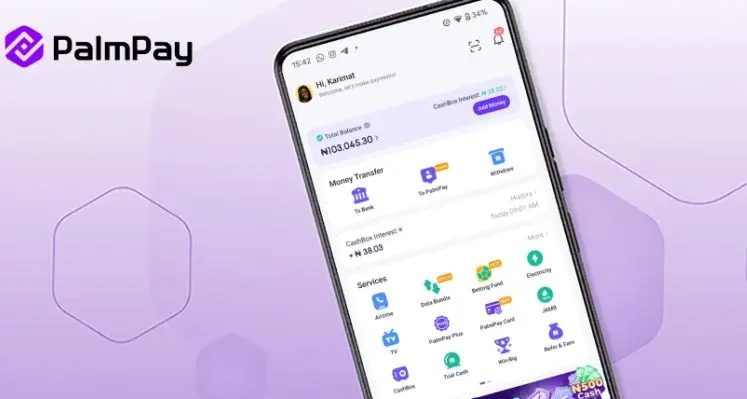Inmarsat continues collaboration on the development of connectivity for all aspects of sea-faring operations, with a focus on safe passage at the core of its efforts
The development and presentation of safety communications in maritime operations has been continually developed by Inmarsat over decades of service to sea-farers. Peter Blackhurst, head of safety services, maritime, at Inmarsat, spoke in London at HQS Wellington, the headquarters of The Honourable Company of Master Mariners, on the subject of safety services since the established the International Maritime Organisation (IMO).
Inmarsat's maritime core services help crews manage day-to-day tasks and benefit from reliable communications - but they also ensure that Global Maritime Distress and Safety System (GMDSS) requirements are met by ship owners. Inmarsat is also seeking IMO approval for voice distress and data services standards, with technology that is already in use serving an array of market needs.
Look at Inmarsat-C's services, for example. Inmarsat enables two-way data and messaging communication services to and from virtually anywhere in the world, utilising low-cost terminals and antennas. Look at Broadband Global Area Network (BGAN) capabilities for the provision of simultaneous voice and broadband data communications from small and lightweight satellite terminals.
Key to the next generation of maritime safety communications is the Maritime Safety Server (MSS), which carries services and applications including weather charts, notices to mariners, and 'e-nav' applications. This includes, for example, enhancements to: navigational warnings; piracy and armed robbery warnings; chart correction services; coastal warnings; storm warnings; and shore-to-ship distress alerts.
The future of maritime safety communications
Guy Sear, VP business development at Inmarsat Maritime, spoke of the future of maritime communications and where Inmarsat sees the development of the maritime community and its communications ecosystem. Safety, regulatory and security services have to develop around existing infrastructure, and with key partners such as European Space Agency (ESA). Guy began with the bridge, and with the way bridge operation has changed with the introduction of new technologies and practices such as weather routing and vessel optimisation. Inmarsat's services have been key, in this respect, and one notes particularly such developments as the introduction of the world's first global 3G mobile network with the Inmarsat-4 (I-4) series of satellites in July 2013, whereby four satellites are responsible for delivering L-band broadband services - including BGAN, FleetBroadband and SwiftBroadband.
"No ship would function without an engine room," Sear said, and observed that the shipping industry is now grasping the huge opportunities available from connecting and collaboratively managing fuel resources and information on new and innovative engine technologies. Sear added, then, that the cargo - the movement of goods, meeting supply and dean of the global economy - is increasingly subject to information and communications technologies and infrastructure. Risks can be mitigated better, with respect to cargo management.
And the crew on board are increasingly part of the conversation about risk management and new technologies. Some operators give iPads to ensure that they are always in touch and are monitored. The next step may be lifestyle bracelets, or other forms of wearable communications, so that crew lifestyles can be monitored and managed for moved safety and for improved performance.
Our lives are always connected now, and the satellite communications industry provides the backbone for the maritime industry to meet and develop regulations that can keep the world's shipping industry going and in increasingly safe manner.
Philippe Sivac, large platform programme manager at ESA, with responsibility for the Alphasat programme, spoke of how high-power satellite telecommunications can serve Inmarsat's ambition to develop the next generation of maritime communications services - and its prime objective, within this ambition, of contributing to safety at sea. Alphasat is the result of one of ESA’s biggest public–private partnerships - involving ESA, Inmarsat and around a dozen institutional and industrial partners. Alphasat also embodies the next step in engineering for satellite communications. It is the first satellite to use Alphabus, a high-power telecommunications platform jointly developed by Astrium and Thales Alenia Space under a joint contract from ESA and the French space agency CNES. Alphasat carries advanced geomobile communications equipment in L-band, augmenting Inmarsat’s BGAN service, enabling communications across Europe, Asia, Africa and the Middle East with increased capacity.






















